Ground shipping is currently paused. Local deliveries throughout Long Island will continue as usual. Pre-orders for fall are now open. Non-local orders will begin shipping again in early September. Click here to learn more.
Please be aware that all shipping will be suspended on December 22 and will resume January 5. Dismiss
Skip to contentGround shipping is currently paused. Local deliveries throughout Long Island will continue as usual. Pre-orders for fall are now open. Non-local orders will begin shipping again in early September. Click here to learn more.
| Size | |
|---|---|
| Common Name | |
| Type | |
| Family | |
| Native? | |
| Zone | 2, 3, 4, 5, 6 |
| Height Range (ft.) | 40 to 50 |
| Spread (ft.) | 20 to 30 |
| Bloom Time | |
| Bloom Description | Inconspicuous catkins |
| Sun | |
| Water | |
| Maintenance | |
| Suggested Use | |
| Tolerate | |
| Attracts | |
| Growth Rate |
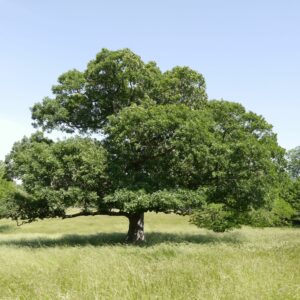
Quaking Aspen is a fast-growing native tree with brilliant yellow fall color, fluttering leaves, and white bark. Ideal for large landscapes, restoration, and wildlife support.
$249.99
Please note: Sizes 1.5 Gallon and up can’t be shipped outside the counties of Nassau, Suffolk, and Queens.
Learn more about how the process works and how our plants are delivered.
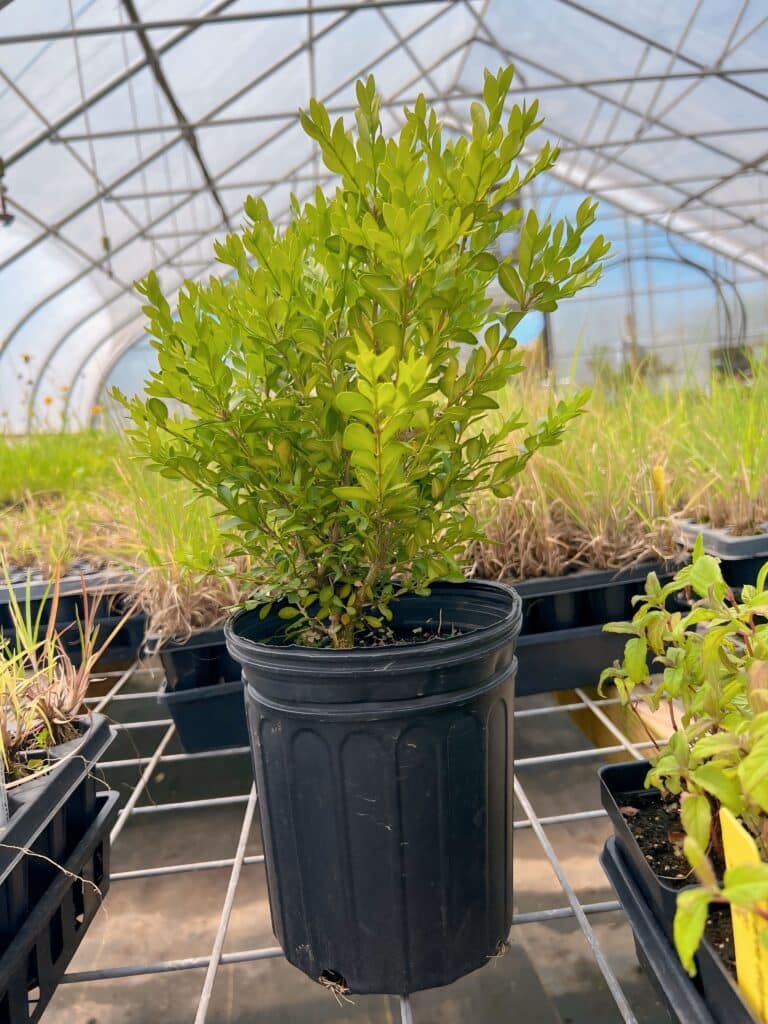

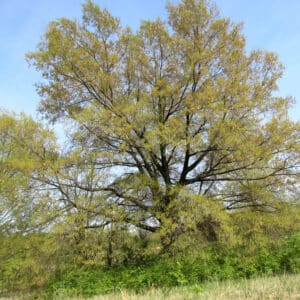
Ground shipping is paused due to summer heat. Only local delivery (Long Island & Queens) is available. Orders placed during the pause will begin processing September 1, and ground shipping will resume September 15.
| Size | |
|---|---|
| Common Name | |
| Type | |
| Family | |
| Native? | |
| Zone | 2, 3, 4, 5, 6 |
| Height Range (ft.) | 40 to 50 |
| Spread (ft.) | 20 to 30 |
| Bloom Time | |
| Bloom Description | Inconspicuous catkins |
| Sun | |
| Water | |
| Maintenance | |
| Suggested Use | |
| Tolerate | |
| Attracts | |
| Growth Rate |
Populus tremuloides, commonly known as Quaking Aspen, is a fast-growing, deciduous native tree recognized for its fluttering, rounded leaves with flattened petioles and striking white bark. Often forming clonal groves through extensive root systems, Quaking Aspen typically grows 40 to 50 feet tall, with its leaves turning a brilliant golden yellow in the fall.
As a pioneer species, Quaking Aspen plays a key role in habitat restoration, colonizing disturbed areas and supporting soil health. Its leaves and twigs provide forage for deer and elk, while its bark and buds feed beavers and rabbits. Quaking Aspen forests provide critical habitat for a variety of birds and mammals. Additionally, it supports pollinators with its early-season catkins.
/5
Total reviews
|
|
Persons recommended this product
Anonymous
Shopper
check_circle Verified
Shop owner replied
Was this helpful
Anonymous
Shopper
check_circle Verified
Shop owner replied
Was this helpful
There are no reviews yet.
Be the first to review “ ”
Your feedback helps us improve our service.
Please log in to submit a review.
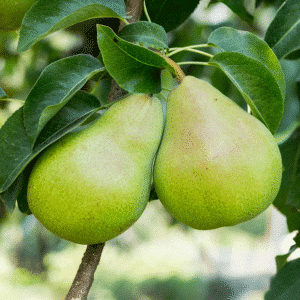
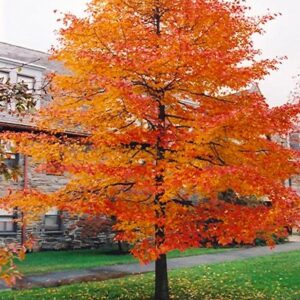
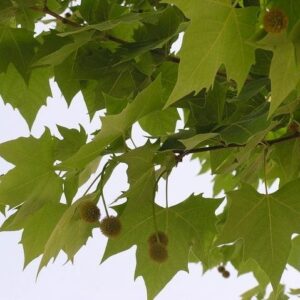
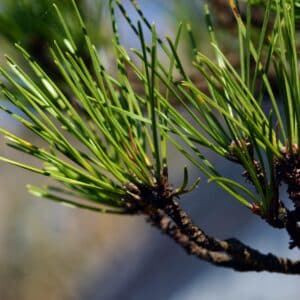
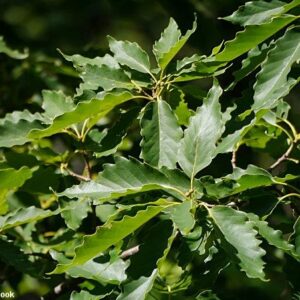
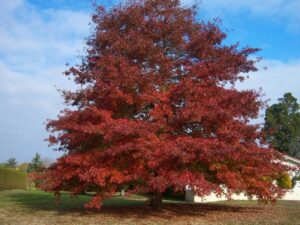

Quaking Aspen is a medium-sized deciduous tree, typically growing 40 to 50 feet tall with a spread of 20 to 30 feet. In ideal conditions, it can reach up to 80 feet tall. It has a narrow, upright form with smooth white bark and trembling leaves that give it its name.
Quaking Aspen gets its name from its distinctive round leaves, which have flattened leaf stalks (petioles). These allow the leaves to tremble or quake in even the slightest breeze, creating a shimmering effect.
Quaking Aspen thrives in full sun and prefers moist, well-drained soils, though it can tolerate a range of soil types, including sandy and rocky soils. It’s a fast-growing tree often found in cooler climates and is most common in northern and mountainous regions. It prefers open areas where it can spread by root suckers.
Yes! Quaking Aspen is an important wildlife tree. It provides food and habitat for a variety of species. Beavers, deer, and elk browse its bark and twigs. Birds, such as grouse, eat the buds and catkins, and the tree supports many species of caterpillars, beneficial for songbirds.
While Quaking Aspen is low-maintenance and quick to establish, it is short-lived (often 50-60 years) and can be susceptible to pests and diseases, including borers, leaf spots, and canker diseases. It also spreads aggressively by root suckers, often forming large colonies, so it may require management to control its spread in landscape settings.
Our gift cards make it easy to share the beauty of plants, flowers, and all things green. Whether for a special occasion or just because, give the gift of choice and let them select their favorites to create a garden they’ll cherish.
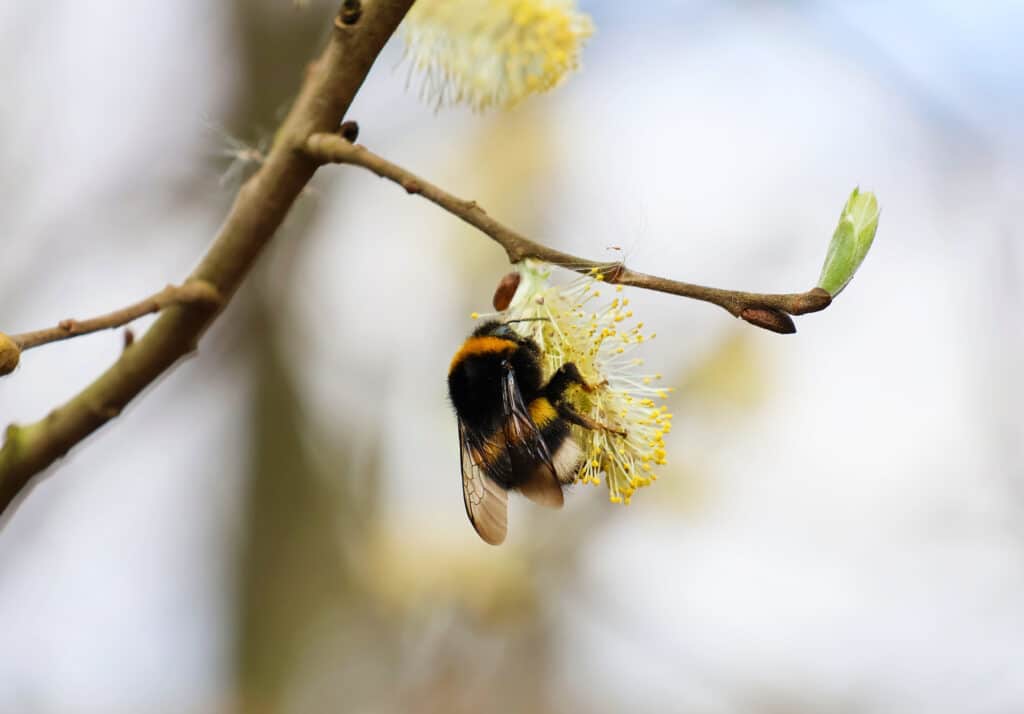
Only Local Delivery Available (Long Island & Queens)
Ground Shipping Paused
To protect our plants from extreme summer heat, we’ve paused nationwide ground shipping to avoid any damage during transit.
Local Delivery Only
We’re still delivering locally to Long Island and Queens, so nearby customers will continue to receive orders as usual.
Fall Pre-Orders Are Open Nationwide!
We will resume normal shipping for non-local orders placed during the pause in early September.
Thank you for your support and understanding—we’re looking forward to growing with you this fall!
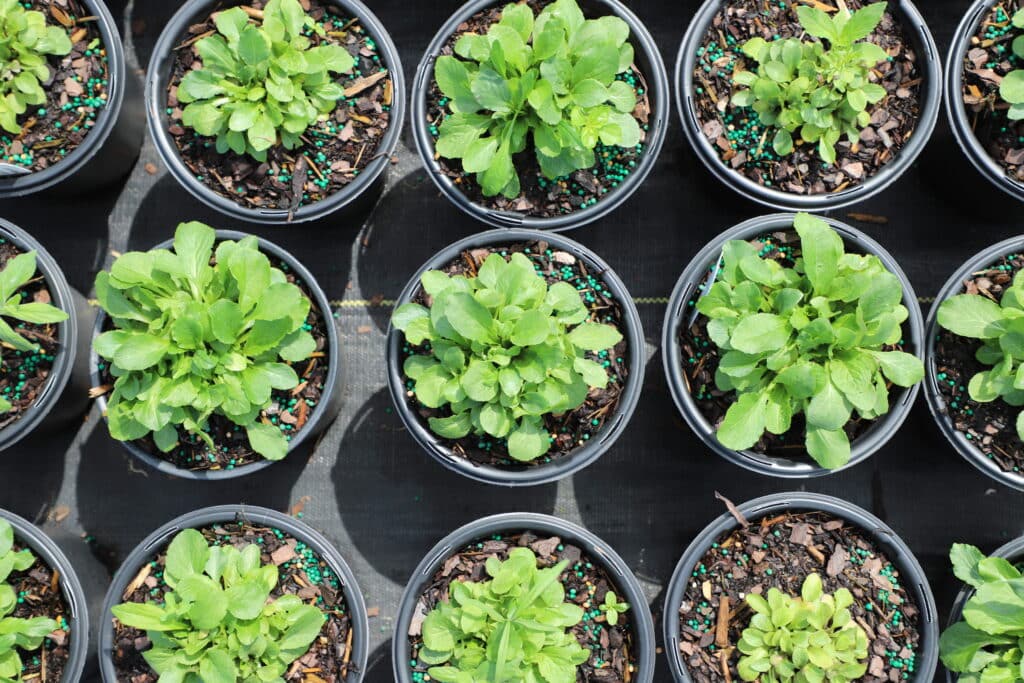
Shipping Paused
Please be aware that all shipping will be paused on December 22.
Any orders placed after that time will be fulfilled when we resume operations in January 2025.